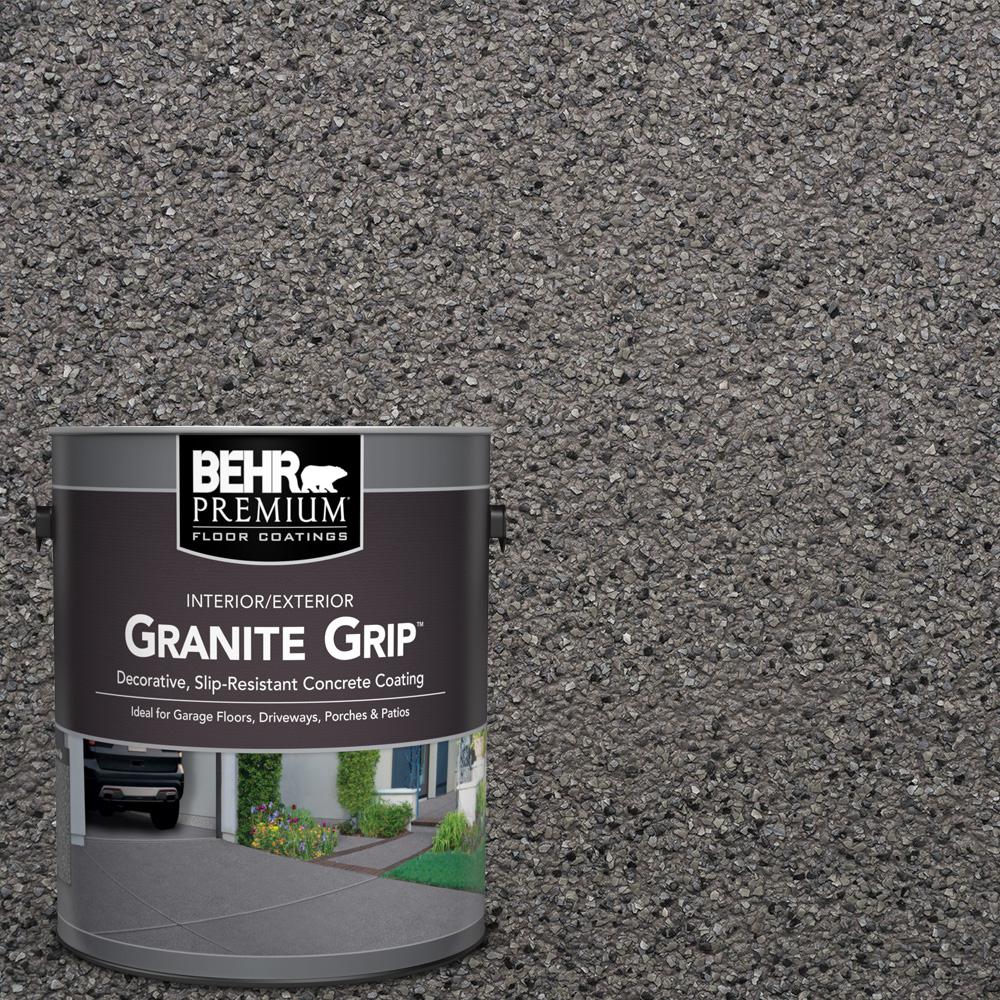So, last week I renovated one of my rental properties. This included replacing an old kitchen from 1995 with a new one. Here’s an overview of the process.
1. Take a picture of and measure the old kitchen cabinets
I just drew the measurements in Photoshop. Note that the picture below is what the cabinets looked like in 2008. The remodel was done in 2021 and the cabinets were is much worse condition then.


2. Design and order new cabinets
Cabinet Prices
Cabinet prices can vary widely. Home Depot, for example, is expensive. HD Supply has cheap cabinets but they look cheap. IKEA’s cabinets are mid-priced but you have assemble them. Chinese stores have cheap cabinets that look expensive. They also come pre-assembled. But, you have to inspect each cabinet before installing them because their quality control isn’t very good.
Cabinet or Drawers
There are base cabinets that sit on the floor and wall cabinets that are on the wall. Wall cabinets are always just cabinets with a swing out door. They are more expensive if the door has a glass window in it. Base cabinets can be regular cabinets or have drawers. If they are just cabinets, then you’d have a hard time reaching for items in the back of them. If they are drawers, then you can just slide out the drawers to access anything in them. Since drawers require more material and come with sliding mechanisms, they are more expensive then drawers.
Types of Cabinets












2D / 3D Design





I ended up just buying the cabinets from a Chinese store (warehouse) called Uni Tile & Marble.

I ended up choosing solid gray color cabinets. This is because the house is a rental house and tenants somehow ruin the surface of the cabinets, I can later just easily repaint the cabinets. This is what the cabinets look like in the showroom.

Countertops
For the countertop, the one on display was off white with a random gray design.

It contrasted well with the gray cabinets and looked exotic but it was also more expensive than other countertops on offer. I decided to go with a cheaper countertop ($300 per 8 foot slab) but my tenant offered to pay the difference for the more expensive countertop so I ended up getting the more expensive one.
Quarts countertops are super heavy and require special handling and are not easy to cut. I ended up paying the store to transport and install the countertops. If you’re looking for a cheaper DIY option, you can just buy cheap laminate countertops at the Home Depot and use a simple jigsaw to cut out the sink hole.

Sinks
For the sink, I prefer the large single basin type. Even though they’re available at Chinese stores, Chinese stores then to have outdated return policies with unreasonable restocking fees (25%) so for these types of items, I buy them at the Home Depot or Lowes.

Faucet
For the faucet, I definitely prefer the type in the picture below. It makes it easier to spray and clean the entire sink or whatever else you are washing / cleaning.

3. Pick Up New Cabinets
I could have had the cabinets delivered for a ridiculous $200 fee but since I need to dispose of the old cabinets, I decided to rent a 10′ U-Haul box truck to both pick up the new cabinets and transport the old cabinets to the dump.

A 10′ box truck was big enough to lay all cabinets on the truck bed.

The house were the cabinets will be installed.

4. Demolish Old Cabinets
The old cabinets were original to the house from 1995. They were definitely low quality cabinets. They were just screwed into the wall. Some sections were large so I used a Milwaukee Monster sawzall to cut cabinets in half.

5. Dispose of Old Cabinets
Since we had the truck for 24 hours, we loaded the old cabinets and other construction debris in it

and took it to the dump where I paid $138 to dump it all.

6. Prepare Wall
After removing the kitchen cabinets, the walls needed to be patched up and painted.

First, we enlarged some of the holes in the wall by cutting with an oscillating tool. The holes were shaped like rectangles where vertical edges would be along the center of studs. This would allow us to screw drywall nails through them into the studs. Cutting drywall was easy using a small, cordless reciprocating saw.

We then patched crevices with spackling paste.

After waiting for the spackling paste to dry, I then used an orbital sander to smoothen the wall surface.

I then sprayed wall texture to try to match the texture of the existing wall. This didn’t work well as the material was often clogging up. Next time, just use an air compressor with an actual texture sprayer gun.

I then painted the ceiling Swiss Coffee.

And painted the walls Roman Plaster.

I then touched up the corners where the two colors met. Semigloss paint was used to make cleaning easier.

7. Mark Walls
After the paint dried, we marked where all the studs in the wall were using a stud finder and then marked level (horizontal) and plumb (vertical) points using a laser level.

Then, we connected the points and drew outlines for where the cabinets would go. Note that the distance between the countertop to the bottom of the wall cabinets should be 18 inches.

8. Install Cabinets
We then installed the wall cabinets first. To facilitate this, we screwed a 2×4 to the wall so we could sit the cabinets on it while we screw the cabinets into the wall. If a cabinet didn’t span 2 studs, we’d use drywall anchors.

If walls or floor are not level or flat, use shims.

9. Install Cabinet Handles
To facilitate installing the cabinet handles perfectly, we bought a plastic template / jig. It did not work for drawers, though, so for drawers, we made our own jig.

10. Install Microwave
Since the microwave goes above the range, we installed that next. This required cutting holes in the cabinet above it for bolts and the vent.

11. Install Plywood on Base Cabinets
We then cut plywood and screwed it to the base cabinets.

12. Install Sink
We then cut a hole in the plywood for the sink using a mini circular saw for the straight sides and a jig saw for the corners. Then we installed the faucet, soap dispenser, dishwasher air gap, and garbage disposer to the sink and then installed the sink. This was done before installing the countertop because the countertop would not be ready for another 2 weeks.

I just got a top mount sink that includes the faucet holes rather than an undermount sink. This simplified installation.

13. Install Crown Molding
We then installed the crown molding. This was very tricky for a couple of reasons.
- depending on the shape of the top of your wall cabinets and the shape of your crown molding, there may not be enough surface area to shoot finish nails into or there may not be enough clearance to shoot nails from above
- cutting miter angles can be tricky and holding the crown molding down on the miter saw the same way isn’t easy.
Cutting the crown molding
Fortunately for this project, we only needed 45 degree cuts. But, we messed up a few times at first and wasted some expensive molding. Here are some tips to cut crown molding easily and correctly each time.
Label the surface of the miter saw “TOP” to remind yourself that the top of the crown molding should be facing down and the bottom of the molding flat against the fence.

Find a way to secure 2 pieces of wood to the sides of the miter saw.

Place your crown molding against the fence and then screw a piece of plywood or wood board to the two pieces of wood on each side of the miter saw. This allow you to put the crown molding on the saw at the same angle every time ensuring perfect cuts.


Installing the crown molding
For our particular case, we decided to secure the crown molding to thin plywood using small screws. We then lifted it and let it sit on top of the wall cabinets – no further screwing or nailing necessary.

14. Install Baseboard and Trim Molding
We then cut the baseboard and trim molding to length and shot them into the cabinets using a finish nailer powered by an air compressor. The baseboard and molding were necessary to hide gaps between the cabinets and the floor and walls.

15. Install The Countertop
For the countertops, I decided to go with quartz instead of marble. Since it’s very heavy and tricky to cut and to smoothen the edges, I decided to just pay someone to install the countertops.
First, one of the 8 foot slabs was cut to go on each side of the range. I believe this was done using a diamond blade.

A thin strip of the excess material was cut to make a finished end. The strip was secured using a special epoxy glue.

The strip was then clamped down and the epoxy left to cure for a while.

The installer intentionally cut the slab and the thin strip to be longer than the final length so that after the strip was secured he could cut and trim the end where you see all the glue oozing out.

This resulted in a very clean joint. He then smoothened the end.

This is how the joint ended up looking (with some dust that would eventually be wiped off).

For the sink side, a hole was cut out.

To create rounded corners, the installer cut a bunch of lines at each corner.

And then using a flathead screwdriver, broke off the thin pieces.

And then used an angle grinder to grind away rough edges to create a smooth rounded corner.


They then glued the quartz countertop to the plywood.

And this is the end result.

Note that we also
- replaced the flourescent tube light box with flat LED lights
- painted the walls BEHR Roman Plaster (semigloss)
- replaced the old style kitchen outlets and switches with new Decora ones including adding a dimmer for the very bright LED lights
- replaced the linoleum sheet / vinyl tile flooring with LifeProof Dusk Cherry luxury vinyl planks.
Tools
This project was big enough that I ended up bringing most of my tools to the worksite.






























































































